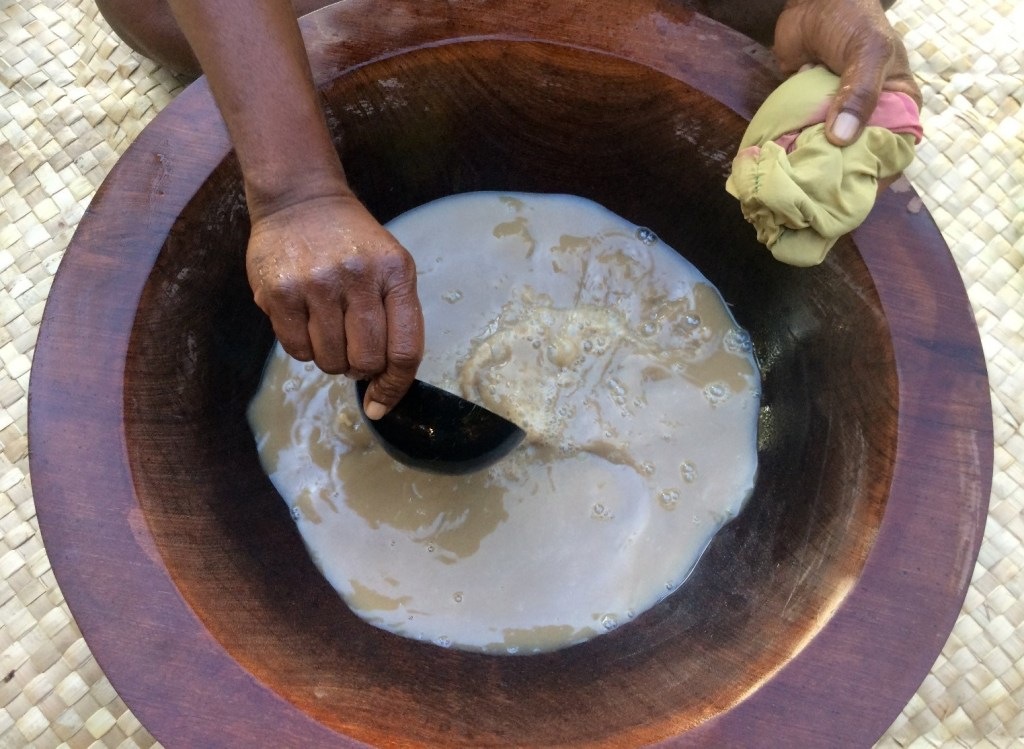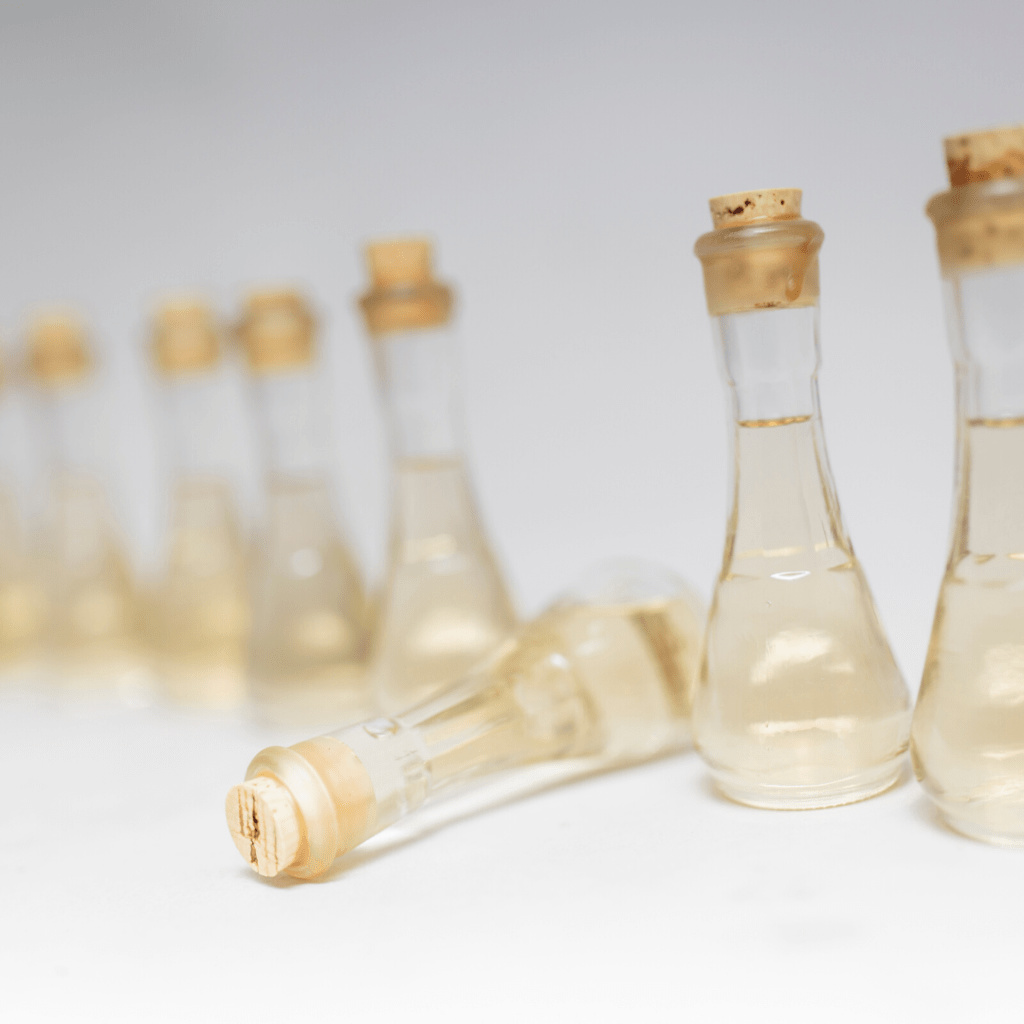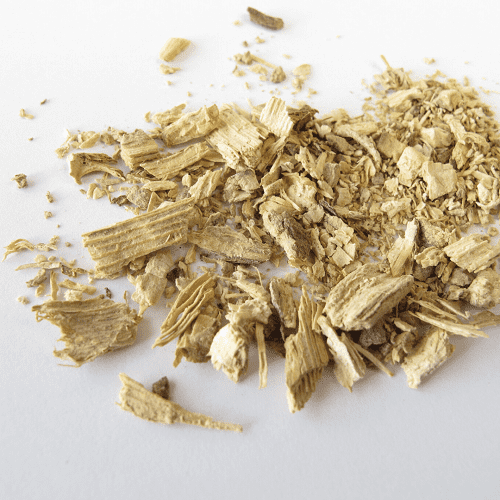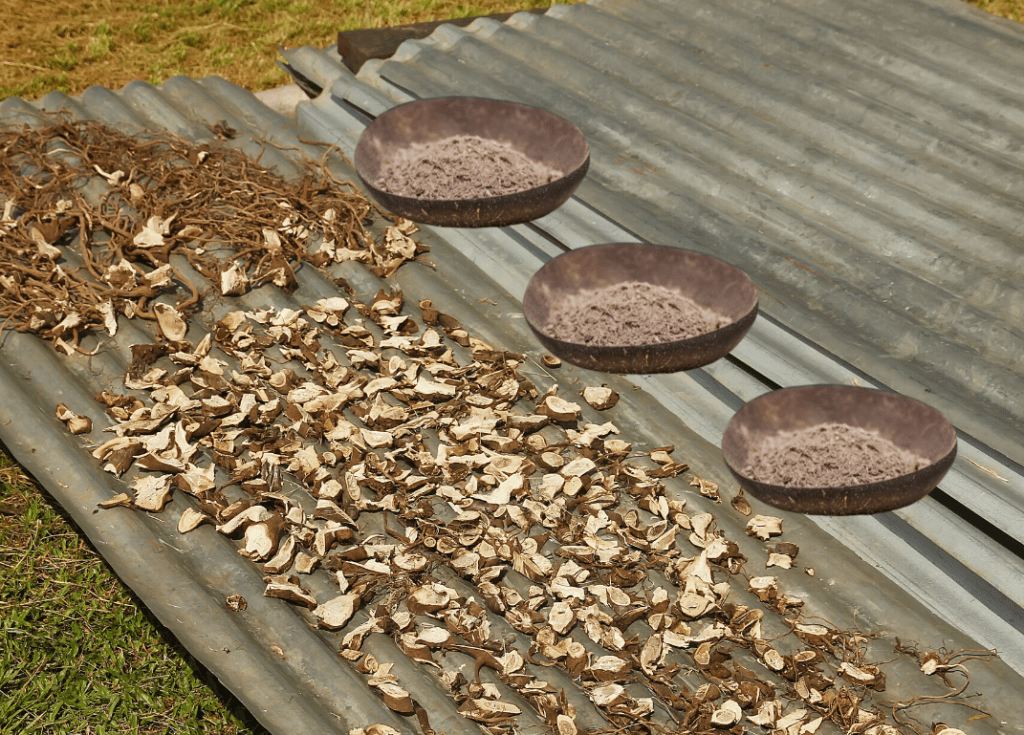Written by: Hannah E. Beltrán
Positive Benefits of Kava
Hailing proudly from the ancient societies of the Pacific Islands, kava is gaining wide popularity in the Western world as an anti-anxiety elixir that provides euphoric, mood-enhancing benefits without the cognitive impairment or next-day hangover grogginess associated with alcohol, or the risks (including dependency) that can accompany prescription drug use (Aporosa, 2019). This ancient plant is also gaining traction in complementary medical research for its benefits in cancer research and addiction treatment (Aporosa, 2019).
From a legality perspective, kava is not considered a drug in the United States and is therefore 100 percent legal for use in all 50 states, as well as territories (Rabang, 2019). In comparison, cannabis is medicinally legal in certain states, legal for recreational use in a handful of states, and illegal for any type of use in the majority of states (Rabang, 2019). Kratom, a stimulant that is native to Southeast Asia and is a member of the coffee family, is currently illegal in seven states (Rabang, 2019).

How to Use and Enjoy Kava
The traditional way of preparing kava involved chewing the root of the kava plant and steeping the resulting mass into cold water to brew an infused tea in a tanoa, a large bowl often made of wood or a half coconut shell (Singh, 2009).
Kava preparation today has evolved from its ancient roots to be more sterile, yet still maintaining aspects of traditional preparation. The root is instead manually ground into a fine powder before being lumped into a mass and brewed with cold water in the tanoa to form the tea (Singh, 2009). The tea is then transferred to a smaller bowl and passed along to the first participant – usually a guest of honor or an elder – to be consumed in one drink (Singh, 2009). “Bula,” the Fijian word for life and the equivalent to “cheers,” accompanies kava drinking and adds to the ceremonial aspect of its consumption (Rabang, 2019).
First-time kava users should expect a mouth-numbing sensation when drinking kava, or Piper methysticum; this has to do with the fact that kava is a member of the pepper family (Singh, 2009).
More contemporary forms of kava consumption aim to be accessible and accommodating. Kava bars serve kava concoctions in a format digestible (literally and figuratively) to a Western consumer and also provide a relaxing recreational alternative to the bar scene (Rabang, 2019). Companies such as Kavafied, owned and operated by self-proclaimed “kavapreneur” and former NFL player Matt Masifilo, provide kava products in easy-to-use formats – among the product offerings are the patent-pending AluBall (a portable kava brewer) and kava root powders for use with the AluBall (Kavafied, 2020). KavaKwik’s line of instant gourmet kava powders can be found here.

Safety Profile
The overwhelming body of scientific evidence states that kava in its natural form is safe to consume; some studies surrounding its hepatotoxicity have found slightly elevated gamma-glutamyl transpeptidase (GGT) and white blood cell levels in kava users, but the evidence is deemed inconclusive and negligible in concern in the long-term (Aporosa, 2019). The World Health Organization (WHO) also likens the health risks of kava to that of coffee – in other words, “an acceptably low [and insignificant] level” (Aporosa, 2019). It is still worth noting that kava research to date is still developing due to its relative newness in the contemporary scene, as well as the smaller sample sizes in its studies (Aporosa, 2019).
Kava should ideally be consumed alone to prevent any adverse drug interactions, and it should not be consumed with alcohol under any circumstance – hepatotoxicity studies have shown kava to have damaging effects on the liver when used alongside alcohol (Rabang, 2019).
Kava can be dangerous when misrepresented and repackaged into unfamiliar and untested formats; the “kava tablets” that contributed to the deaths of 83 patients in Germany led to the country’s decision to ban kava as a whole, thus resulting in the first large-scale (albeit eventually reneged) ban of kava (Aporosa, 2019). There are still many different products on the mainstream market that claim kava as a main active ingredient. Buyers should be conscientious in choosing a product that not only meets their needs, but is also from a reputable and responsible source.
Kava Resources
KavaKwik.com: Weekly in-depth articles about all things kava, with a highly engaged social media seeking to unite kava drinkers new and old with kava bars, products, information, and other kava drinkers!
The Kavafied Kava Blog: Curated by Kavafied and encompassing history, science, culture, and more, this is a great resource for beginner-friendly information related to everything kava.
American Kava Association: The only trade association in the United States dedicated to kava, the American Kava Association (AKA) works in conjunction with the FDA and is a clearinghouse for kava regulation, industry certification, research, and publication.
KavaKwik is a St. Petersburg, FL-based retailer on a mission to bring the Pacific Island tradition of kava to the modern, global space. Made with premium-grade Vanuatuan Noble Kava, the instant mixes are easy-to-use and come in palate-friendly flavors. This is your invitation to channel the tranquility of the Islands and this much-loved tradition today.
References
Aporosa, S. A. (2019). De-mythologizing and re-branding of kava as the new ‘world drug’ of choice. Drug Science, Policy and Law. https://doi.org/10.1177/2050324519876131
Kavafied. (2020). About Us. Retrieved from https://www.getkavafied.com/pages/kavafied-about
Rabang, Imelda. “Kava Bars In The US – Why Is Kava Taking America by Storm?” Bold Business. Bold Business, 27 Jan. 2019. Web.
Singh, Y. (2009). Kava: An Old Drug in a New World. Cultural Critique, (71), 107-128. Retrieved from www.jstor.org/stable/25475503




